It’s been 84 years…
Well, it’s actually only been 18 days since the Leafs last played, but you’re forgiven if it’s felt longer. Much like the rest of Ontario and the world at large, the Omicron variant has hit the NHL pretty hard, resulting in one of the weirdest Winter holiday breaks I can remember, unless you count last year.
The good news is that hockey appears to be back — for now at least — and Toronto managed to pick things up where they left off. They absolutely dominated the Ottawa Senators, owning the puck for the majority of the game en route to a 6-0 victory.
What’s crazy is the Core Four was left off the scoresheet until William Nylander’s two late goals in the third period. Despite zero points from Auston Matthews, Mitch Marner, and John Tavares, the Leafs were able to generate lots of offense thanks to some help from the back-end and the return of Ilya Mikheyev (and his shooting percentage).
They didn’t need the goal support considering how well the Leafs did at managing the puck and limiting quality chances against. Ottawa didn’t register a single shot on goal in the first 10 minutes of the game. In fact, they didn’t get a legitimate scoring chance until 34 minutes in, when Connor Brown got himself a shorthanded opportunity off the rush.
Sometimes a picture is worth a thousand words, and I’d say the first 40 minutes of this game wrap things up pretty well.
Keep in mind that Toronto’s Core Four had an off-night. This game was never really close, which should make it a fun one to evaluate, even if it was against the Ottawa Senators.
Buckle up folks, it’s time for some Leafs Report Cards!
5 Stars
TJ Brodie (RD, #78) — He could have finished the game with zero points and I still would have given him the 5/5 star grade for his stellar rush defense. Brodie had a few awkward moments with the puck on the breakout, but he made up for it by taking away the most valuable passes in hockey; those east-west passes through the middle of the ice.
We’ve seen it time and time again with Brodie.
Usually, it’s Morgan Rielly he’s bailing out for jumping up in the play. This time, it was a blown coverage on the PK by David Kampf and Mitch Marner. Regardless, Brodie’s ability to time his 2v1 slide perfectly and take away the passing lane is such a valuable trait.
This one led to a 2v1 at the other end of the rink, which Justin Holl buried to give Toronto an early lead. That must have given Brodie some confidence, because he was noticeably more active the rest of the game, jumping up in the OZ at the right times to fill in for the forward rotating up to the blueline.
As luck would have it, the puck landed on his stick after a juicy rebound and Brodie was able to score on the ensuing wrap-around. Big-time reads leading to goals for TJ Brodie and Justin Holl. Who would’ve thunk it?
Ilya Mikheyev (LW, #47) — I’ve been made fun of a lot for believing in Ilya Mikheyev’s shooting percentage eventually regressing back to the mean. Watching him fail to convert on countless odd-man rushes has made it easy to forget that he scored at a 48-point pace in his rookie year.
Apparently, that scoring touch hasn’t completed gone away. Mikheyev buried a breakaway goal top shelf on the PK and later in the game deposited an empty netter thanks to a nice feed from Ondrej Kase on the power play.
We’ve always loved Mikheyev for the qualities he brings outside of goal-scoring; the way he uses his length to disrupt opposing puck carriers; how strong he is in 50-50 puck battles; his ability to generate odd-man rushes out of nowhere with his deceptive speed.
The missing piece since his wrist injury has been an ounce of finishing touch, which we finally got to see tonight. As always, he was winning pucks back and transitioning play up the ice with speed, but for once, the pucks were actually going in.
I’m of the opinion this isn’t a fluke. He’s scored before and he can score again. Shooting percentage can really mess with our perception of players, and I have a feeling Mikheyev’s is finally back on the rise.
Morgan Rielly (LD, #44) — This was such an efficient game from Rielly. He was threading the puck up the ice with stretch passes on the breakout, getting his forwards in behind the neutral zone trap for some nice rush opportunities. In the offensive zone, he was creating east-west movement with his passing, teeing up Matthews for his lone one-timer of the evening.
Rielly is often a catalyst for Toronto’s offense, but he did it without costing his team much defensively, which has been a common trend this season. His gap looks much tighter now than we’ve ever seen it, allowing him to kill rushes early in the neutral zone before they have a chance to develop.
By playing more responsible 200-foot hockey, Rielly-Brodie are able to take on tougher minutes this year and still come out on the positive side of the ledger. Considering how poorly Jake Muzzin has looked this year, they’ll probably have to continue playing the shutdown role, which shouldn’t be a problem if Rielly continues this level of play.
4 Stars
Alex Kerfoot (LW, #15) — This was a strong two-way game for Kerfoot. On the penalty kill, he was forcing turnovers and quickly transitioning play up the ice with Mikheyev. At even strength, Kerfoot was using his speed to win loose puck races in the OZ and complete the next pass to keep Toronto on the cycle.
He was rewarded with three assists for his efforts. I wouldn’t say he was the driving force behind all three goals, but with the way he was scooping up loose pucks and completing passes all evening, it isn’t a shock that he managed to pick up a few assists.
The Sandin-Holl Pair — There’s nothing I love more than a good Rasmus Sandin stat. Among defenders with sheltered usage, here’s a look at the two best pairings in the NHL at controlling shot quality (expected goals) at 5v5 with at least 100 minutes together:
- Sandin-Dermott (69 xGF%)
- Sandin-Liljegren (66 xGF%)
I don’t think it’s a coincidence that a Sandin pair ranks #1 and #2 in this department. We can all clearly see he’s a slick puck-mover, which is backed up by the numbers, but he’s also an underrated rush defender.
There were a few times tonight where an opposing forward would be flying down his side of the ice with speed and Sandin managed to thwart the rush with solid gap control. Here’s a look at Tim Stützle trying to break him down 1-on-1.
Foot speed isn’t Sandin’s greatest strength, but he’s able to keep opponents in front of him with his positioning. As a quick side-note, I love the way Sandin bumps forwards after a dump-in, finding a way to get a body on the opponent to disrupt their momentum. Walking that fine line between interference and “legal interference” is an art where the best NHL defensemen excel.
Rush defense is also an area where Justin Holl has historically done well, which I’d argue was also the case tonight. More importantly, he looked more confident activating into the play, which we saw on his shorthanded goal. Beating his man up the ice and providing an outlet on the breakout is a big part of what’s made Holl an effective NHL defenseman in years past, so it was nice to see him get back to it.
Now, let’s see if he can do it with Muzzin.
3 Stars
Jack Campbell (G, #36) — Am I being too harsh by giving Campbell a 3/5 star grade on a night where he stopped 23/23 shots? Probably, but it’s to make the point that this was a team shutout from Toronto’s defense. They had the puck for so much of the game, they didn’t really need to actually “defend” too often.
On the few chances Campbell actually needed to stop, he looked solid moving from side-to-side in his crease to get across for an Erik Branstrom one-timer. He also turned aside Ottawa’s most dangerous forward of the night, Alex Formenton, after an uncharacteristic Jason Spezza blunder.
If we’re being honest, though, Campbell didn’t need to do much on Saturday night. The team in front of him made life pretty easy.
The Fourth Line — We don’t need 10 paragraphs here, so I’ll be quick. Pierre Engvall did a solid job using his speed and length to get in on the forecheck and tie up the opposing defender on puck retrievals. Jason Spezza had a few nice zone entries with speed and made some skilled players when given the puck, but didn’t get as many puck-touches as we’ve grown accustomed to seeing over the last year.
Finally, Wayne Simmonds played a strong dump-and-chase game. I’m usually not a fan of players who constantly concede possession to the other team, but when you’re tactically chipping the puck to the corner with a streaking linemate in prime position to win the race, it feels more like a delayed pass than punting on a possession.
Kyle Dubas’ Smart Bets — I like grouping two or three players together in these report cards when there isn’t too much to say about their game. Tonight, I’m grouping David Kampf, Ondrej Kase, and Michael Bunting together. None of them had stellar performances, but they also didn’t cost their team too much.
As we mentioned earlier, Brodie bailed out Kampf on the PK with a diving save. Kampf made up for it by getting the puck across to Holl on the shorthanded 2v1 that followed. With respect to Kase’s game, he was having trouble creating space for himself at 5v5, not to mention some awkward plays at 5v4 from the right wall. He also made up for it by digging out a rebound and putting the puck right onto Mikheyev’s tape for an easy power play goal.
Last but not least, Bunting did what you’d expect him to: he went hard to the net and connected on a few solid passing plays, which is an underrated element of his game. He couldn’t convert on the backdoor pass Marner fed him in the third period, but we can probably cut him some slack considering how productive he’s been this season.
2 Stars
The Core Four — It’s so bizarre that in a game Toronto dominated from start to finish, their four best players were performing significantly below their standards. Let’s go through each player individually.
Auston Matthews was struggling to get “his shot” in this game, often having two Senators in his airspace when he was looking to shoot. He finally got a clean look off in the third period, but couldn’t pick the corner.
John Tavares connected on a cross-seam pass on the power play, but he was otherwise really quiet offensively. He drew a penalty on Zach Sanford, which isn’t exactly saying much in this game. He also gave it right back after turning the puck over on the entry and immediately tripping an Ottawa penalty killer.
Mitch Marner showed us a bit of everything. We got a good look at why he’s scored zero power-play goals in the last two calendar years.
We also got a good look at why he’s one of the best passers in the world, scoring at a 95-point pace over the last three seasons.
These plays came one after another. I clipped them both because they’re emblematic of The Marner Problem (and Solution) on the power play. Unlike most star players running the right wall of PP1, Marner isn’t a shot threat after he receives a cross-seam pass. Instead of looking to shoot right away, he’s better off attacking downhill and finding the backdoor tap-in against a scrambling PK.
Prashanth Iyer did some great research a few years ago showing that NHL players shoot about 25% after a cross-seam pass on the power play, but they also shoot that same percentage on the next three passes that immediately follow. Once you get the defense scrambling with a seam pass, you tilt the odds in your favour.
That’s when Marner can leverage his strengths as a passer instead of forcing the shot. He attempted a few backdoor passes in this game, just missing on each of them. Sometimes it takes a few games before skilled players’ timing comes back, which you can really see on plays like those.
William Nylander‘s timing also looked off in this game. He was also missing on those backdoor passes, not to mention the fact that he was forcing a few passes in the offensive zone when the shot would have been the better decision.
Now, he obviously found his game in the third period by flying up the middle of the ice for a breakaway and later ripping a slapshot through a screen to give him a two-goal night. Frankly, I’m never sure how much to weigh Garbage Time in these evaluations.
On the one hand, we’ve seen Nylander dart up the ice for breakaways by reading the play faster than opposing defensemen. On the other hand, the Ottawa Senators had essentially given up in the final 10 minutes of the game and Nylander took advantage of it. No one can take those two goals away from him, but I would’ve liked to see him play a more engaged game before things got out of hand.
The Dermott-Biega Pair — I don’t have too much to say here other than the fact that these two had the worst 5v5 metrics on the team. On a night when the rest of their teammates dominated the run of shots and scoring chances, Dermott-Biega essentially broke even.
I don’t want to put too much blame on Travis Dermott, who came up with a few key blocks off the rush, but I also expect him to carry more of the load in transition. His partner, Alex Biega, is a #8 defenseman who we shouldn’t expect to do too much. I didn’t love Biega’s play in the defensive zone, although I did like the way he handled Formenton’s speed off the rush. I wasn’t expecting too much from Biega considering how low he is on Toronto’s depth chart, but he surprised me a few times with his mobility.
Incomplete
Nik Ritchie (LW, #20) — He’s arguably been the worst forward on the team, even when you account for his unsustainably low Sh%. The Leafs suddenly find themselves in a cap crunch now with everyone healthy and Ritchie appears to be the odd man out. Does Toronto find a way to trade him? Waive him? Send him to Robidas Island?
Only time will tell, but that certainly looked like Toronto’s best 12-forward lineup we’ve seen all year.
Heat Map
Here’s a quick look at where each team’s shots were coming from at even strength, courtesy of Natural Stat Trick.
Honestly, I thought this would look even more lopsided. The Leafs controlled 66 percent of the shots and 70 percent of the scoring chances at 5v5.
It was against the Ottawa Senators, but that’s still a pretty brutal beatdown.
Game Score
Game score is a metric developed by The Athletic’s Dom Luszczyszyn to measure single-game performance. You can read more about it here.
Tweets of the Night
Things got weird on Leafs Twitter tonight. Instead of piling on poor Wife Guy, I’d rather just go through some hockey-specific tweets I found interesting.
Mentioned it in my depth chart break down earlier today, I’m really intrigued by the Mikheyev-Kämpf-Kaše line
Mikheyev and Kaše are gonna create a lot of rush chances out of defensive zone starts
— Kyle Cushman (@Kyle_Cush) January 2, 2022
The Engvall-Kampf-Kase numbers are solid, but the thought of Mikheyev providing a bit more defensive (and maybe even offensive) value on The Czeching Line is certainly intriguing.
Toronto's 12 best forwards are playing tonight.
I think this is the optimal forward lineup.
— Kevin Papetti (@KPapetti) January 2, 2022
I couldn’t agree more. If you take strip names and numbers (and contracts) away, these are clearly Toronto’s 12 best forwards.
So this Leafs roster is pretty good, right?
If they trade Ritchie tomorrow and keep this group of 21 (swap Biega for Sandin), the Leafs have $1.7m in cap space.
If they could keep that roster until the trade deadline, Toronto would have over $5m to spend at the deadline. pic.twitter.com/Nf4fss78Td
— Earl Schwartz (@EarlSchwartz27) January 2, 2022
I’m a huge fan of Earl Schwartz’s salary cap analysis. I’d love to know which NHL GM is interested in trading for Ritchie at this point, but we’ve seen crazier things happen in this league.
Also might not have signed Kase if they gave Hyman similar money to what EDM gave him. Kase has almost as many points as Hyman and mostly plays with David Kampf.
— draglikepull (@draglikepull) January 2, 2022
The whole point of locking up your star players to big contracts is that you don’t need to pay their linemates $5.5 million. Keep trying to find the next Zach Hyman — it frees up cap space to sign quality depth players like Ondrej Kase.
Carlton feels things very deeply pic.twitter.com/HIPNzesU5x
— william nylander's 69% ipp (nice) (@mostlyleafies) January 2, 2022
Watching games with no fans obviously sucks, but this legitimately made me laugh out loud. What a crazy world we live in these days.




![Sheldon Keefe Post Game, Leafs 3 vs. Bruins 2: “I loved [the Matthews] line, and I loved a lot about our game all the way through the lineup” Sheldon Keefe, Toronto Maple Leafs post game](https://mapleleafshotstove.com/wp-content/uploads/2024/04/keefe-pg-game-1-218x150.jpg)




















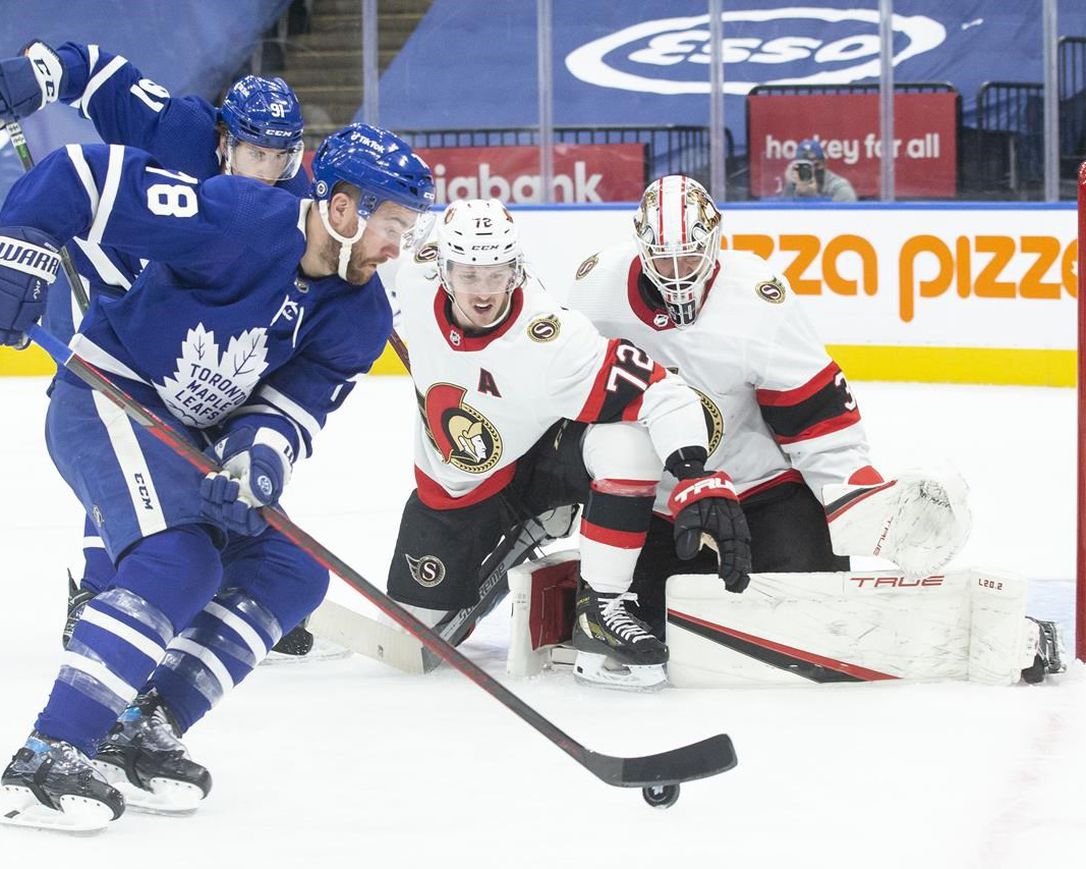
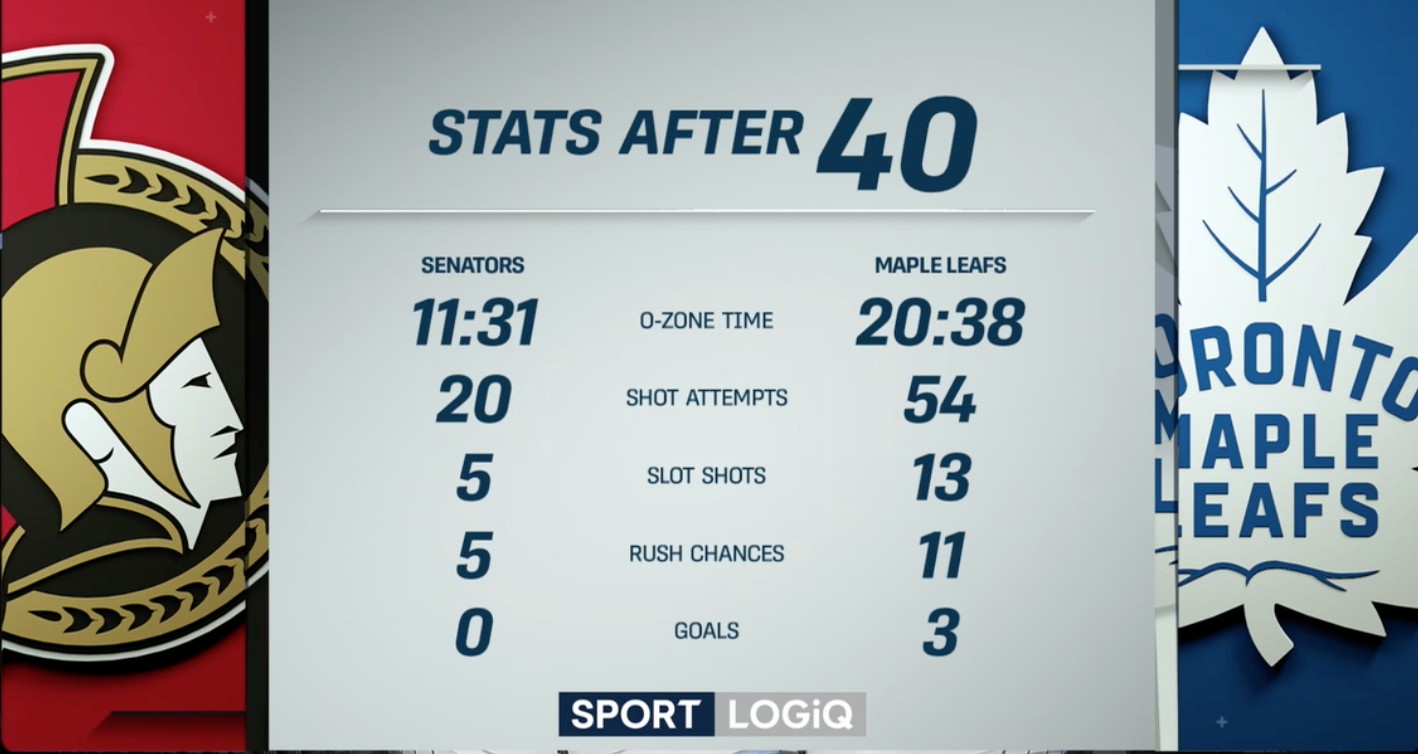
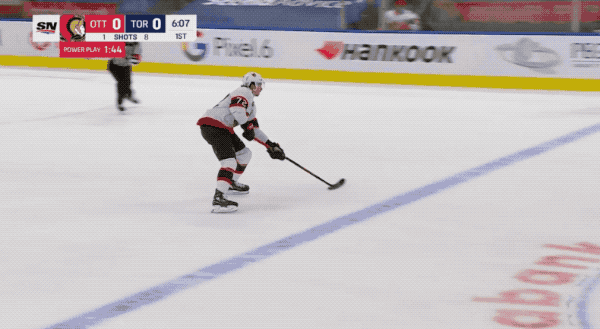
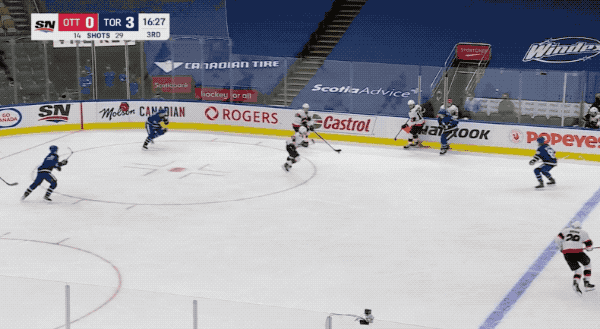
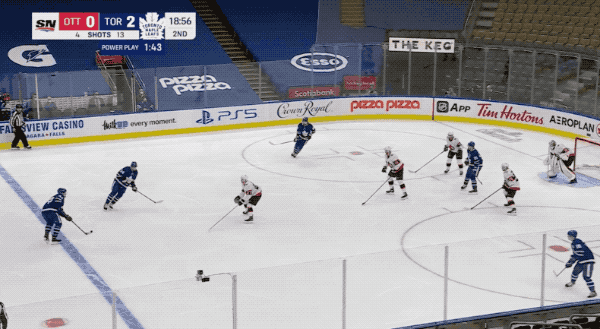
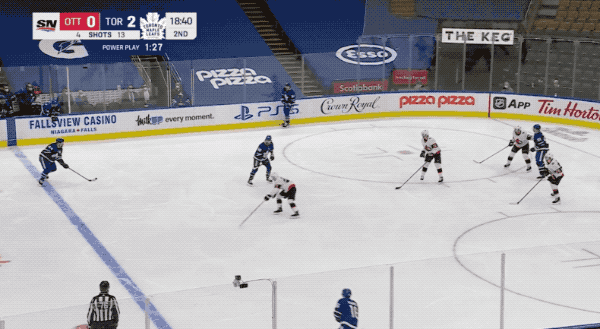

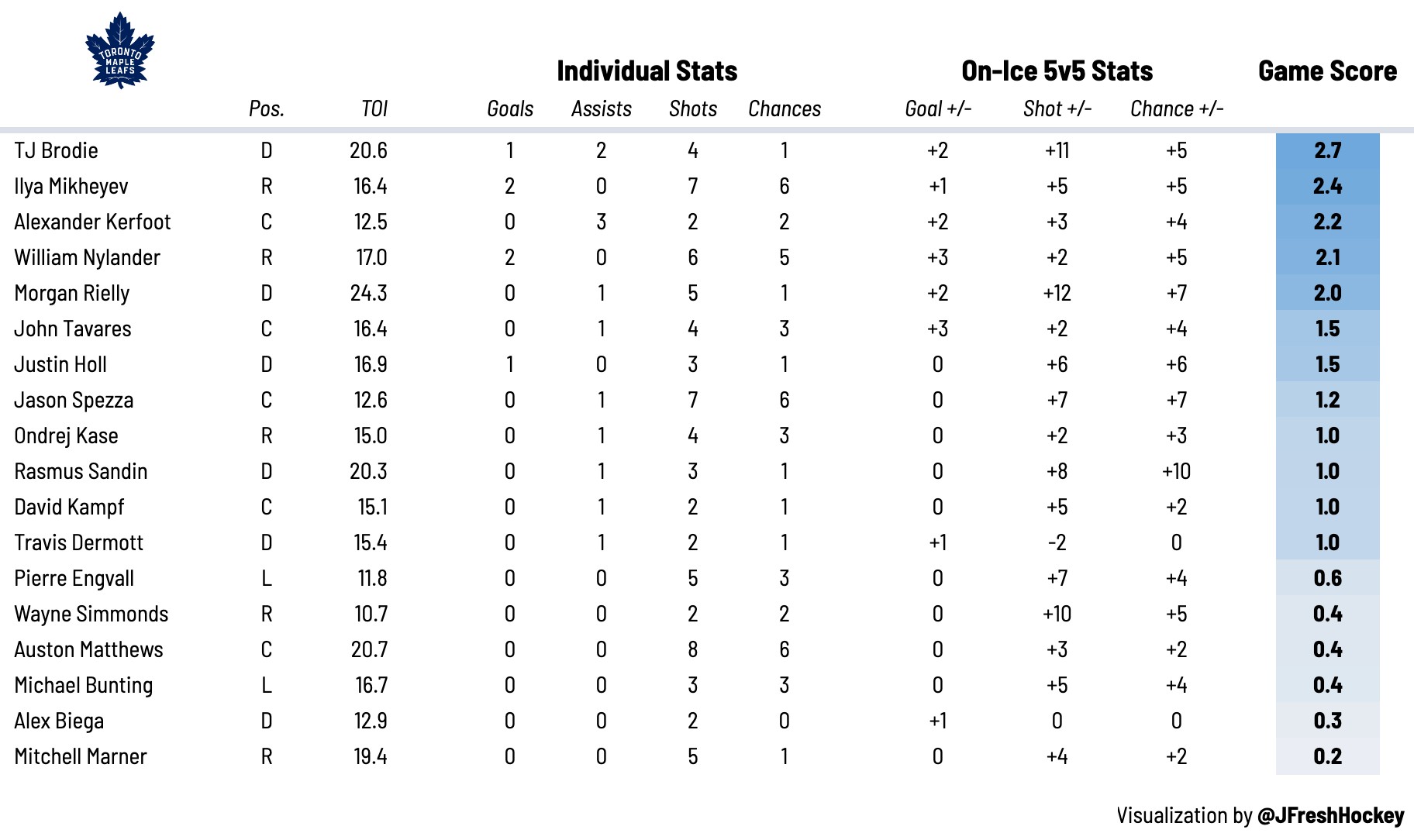





![Sheldon Keefe Post Game, Leafs 3 vs. Bruins 2: “I loved [the Matthews] line, and I loved a lot about our game all the way through the lineup” Sheldon Keefe, Toronto Maple Leafs post game](https://mapleleafshotstove.com/wp-content/uploads/2024/04/keefe-pg-game-1-100x70.jpg)



